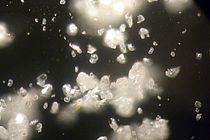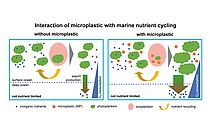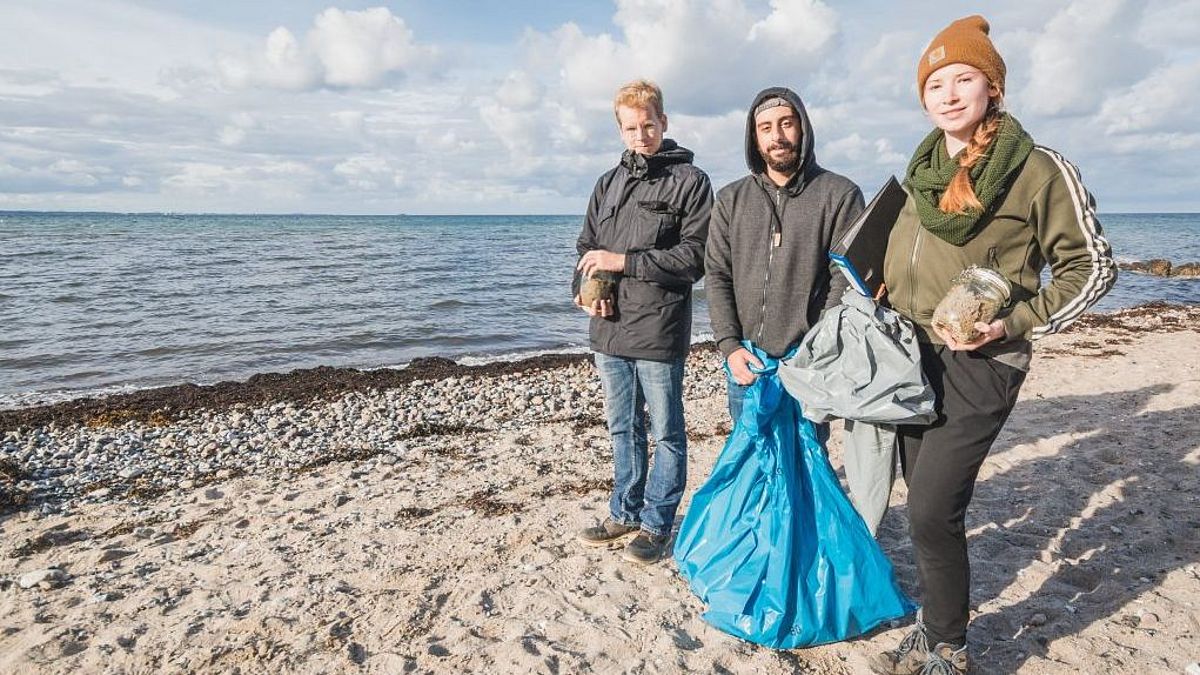Plastics in the Ocean: Frequently Asked Questions
Plastics are durable. That is their great advantage. But if they are released uncontrolled into the environment, this advantage becomes a disadvantage. According to current knowledge, natural degradation, as is the case of organic substances, does not take place to a significant extent. Thus, plastic waste has also been accumulating in the oceans for decades. While this global waste problem continues to grow, not all of its facets have been scientifically investigated.
1. How does plastic waste get into the ocean?
2. How is plastic waste distributed in the ocean?
3. How is plastic waste changing in the ocean?
4. What effects does plastic waste in the ocean have on marine organisms?
1. How does plastic waste get into the ocean?
Most of the plastic waste in the sea comes from land. The main problem here are the inadequate or insecure disposal routes in many countries. Where waste disposal is lacking, people often help create wild landfills, burn the waste, or dispose it directly into the environment
2. How is plastic waste distributed in the ocean?
To date, more than 100 million tons of plastic waste are estimated to have entered the oceans. Less than 1 percent is floating at the ocean surface, while 33 percent have been deposited along coasts and on the seafloor. Another 27 percent of plastic waste are in coastal waters and 39 percent are in the open ocean somewhere between the surface and the seafloor. Plastic debris is found everywhere in the oceans, from the surface down to the deep trenches. It is present even in remote areas such as the South Pacific or the Arctic.
Around 60 percent of all plastic particles initially float on the ocean surface. Thus, they also accumulate in the large circular current systems of the ocean basins. The circular motion pushes water to the center of the gyres, where it begins to sink. Like in a bathtub, floating material remains above the sinking water.
3. How is plastic waste changing in the ocean?
The oceans are mostly cold and dark. Only near the water surface and on the coasts, conditions prevail that promote the fragmentation of plastic debris. Here, under the influence of UV radiation, heat and wave action, larger litter items fragment into smaller and smaller pieces until they become micro- and nanoplastics. Biodegradation of plastics, i.e. their re-mineralisation, does not exist to a significant extent in the sea.
4. What effects does plastic waste in the ocean have on marine organisms?
Microplastics in the ocean - A research focus of GAME
GAME (Global Approach by Modular Experiments) is a research and education program in marine ecology at GEOMAR. The program involves 40 marine research institutes in 30 countries. GAME investigates the impacts of global change on marine ecosystems. In 2013, 2014, 2016, and 2019, GAME focused on the consequences of the accumulation of microplastics in the ocean. In these years, research teams consisting of young scientists conducted studies on this topic at eight locations worldwide.
1. How does plastic waste get into the ocean?
2. How is plastic waste distributed in the ocean?
3. How is plastic waste changing in the ocean?
4. What effects does plastic waste in the ocean have on marine organisms?


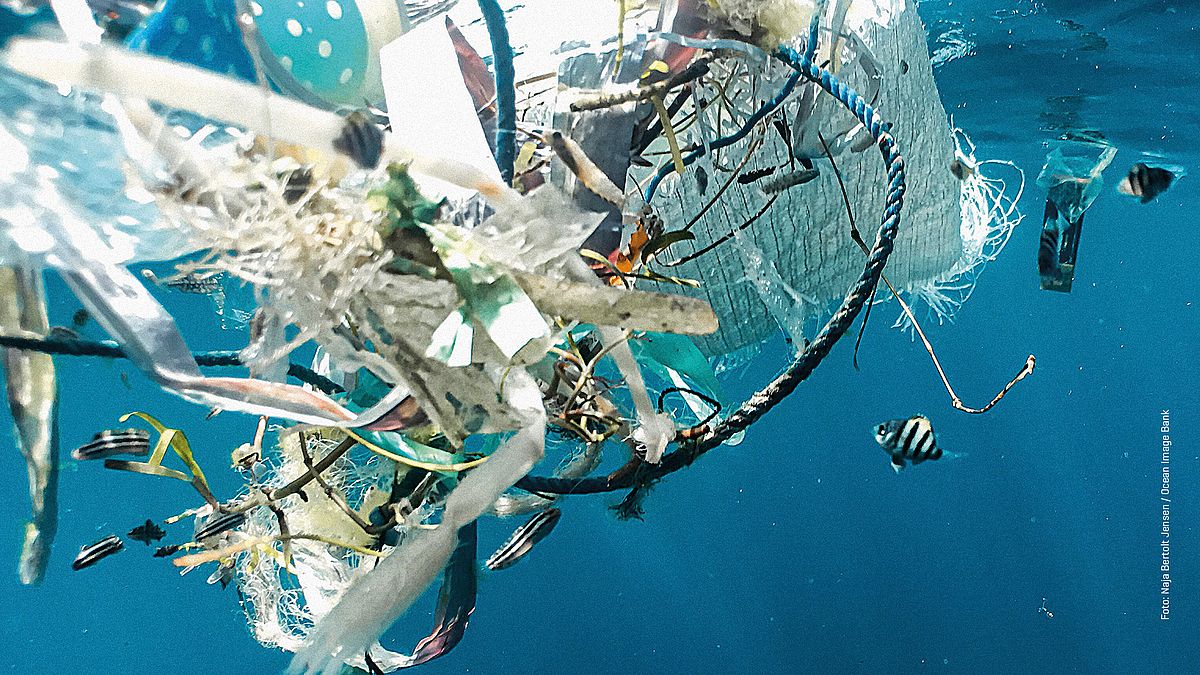
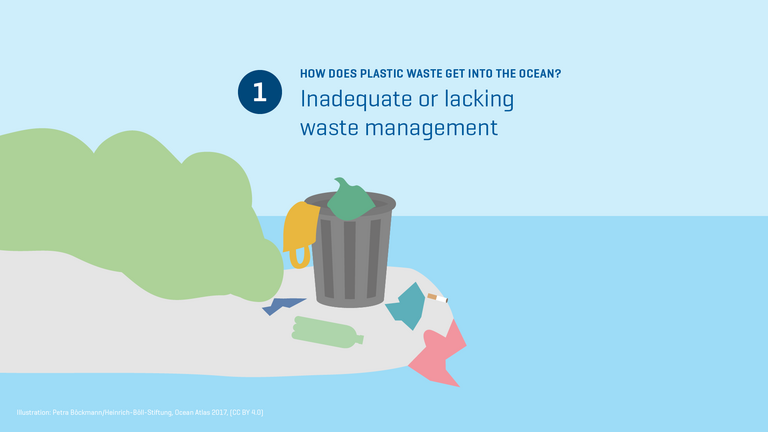
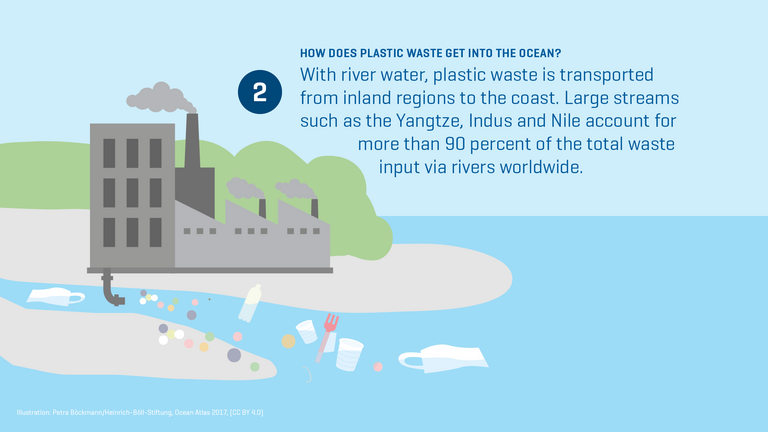
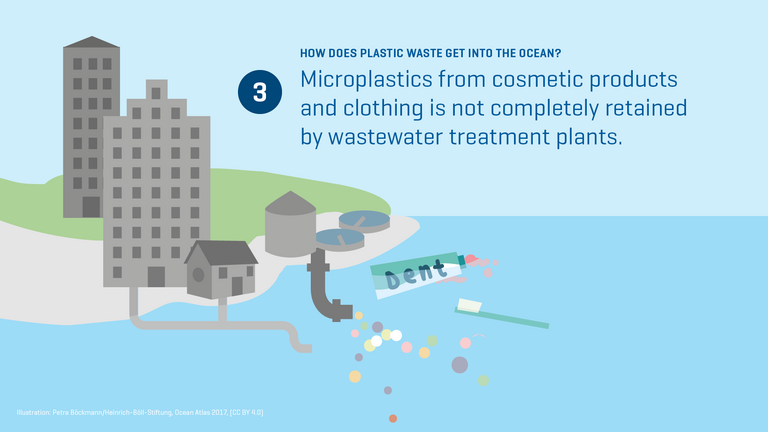
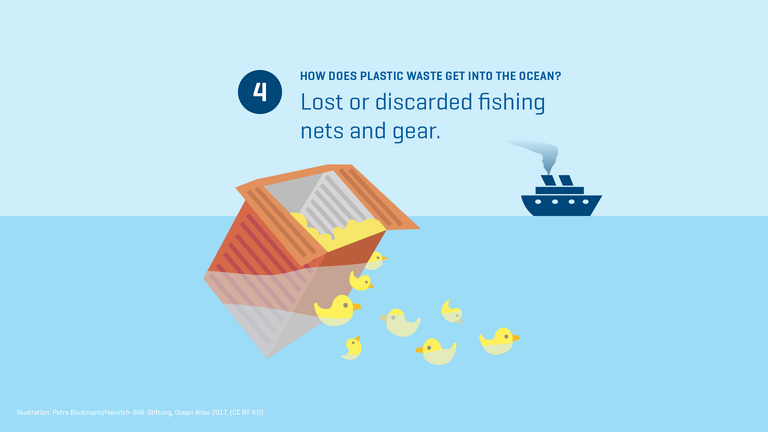
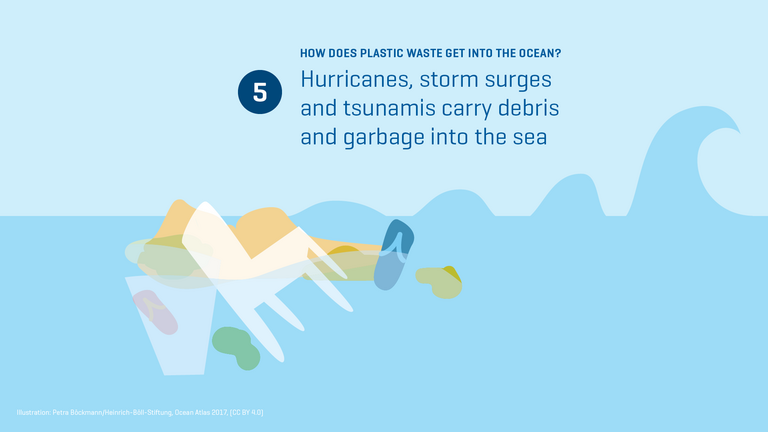
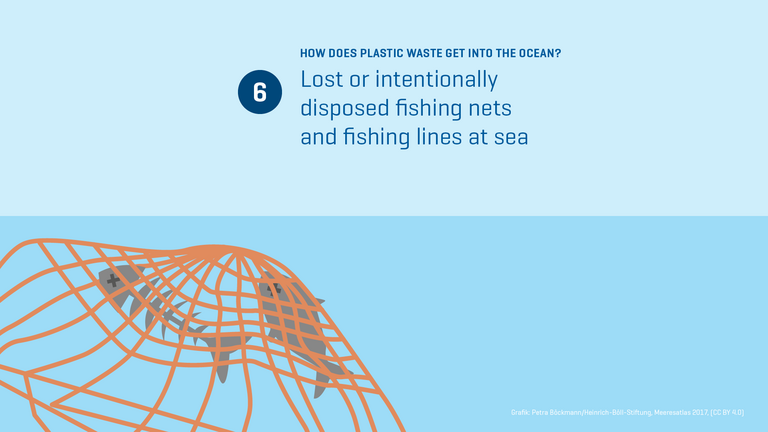
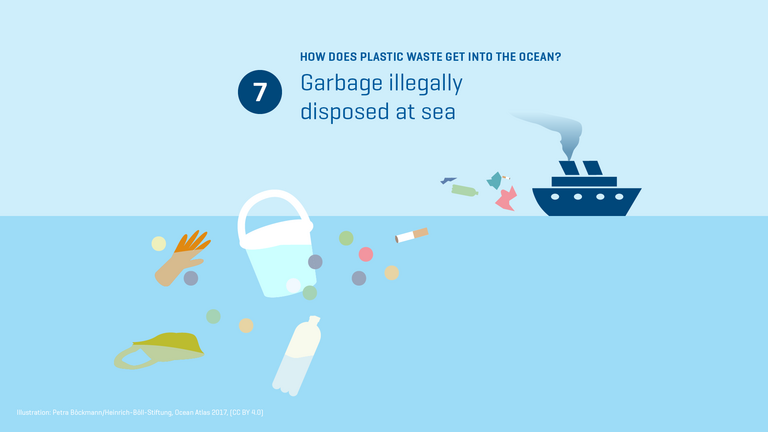
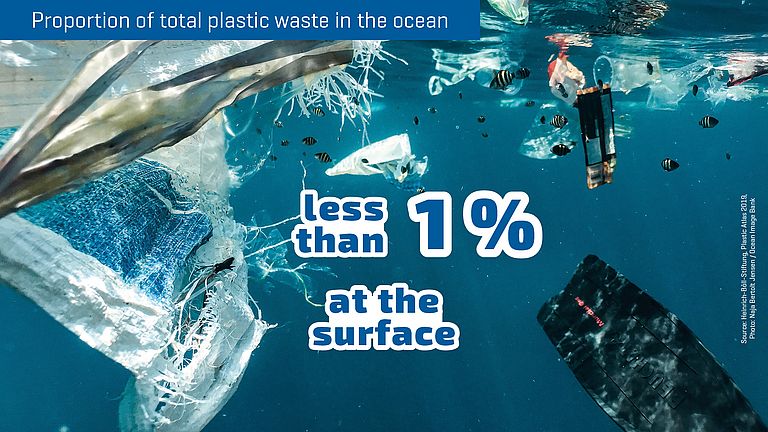
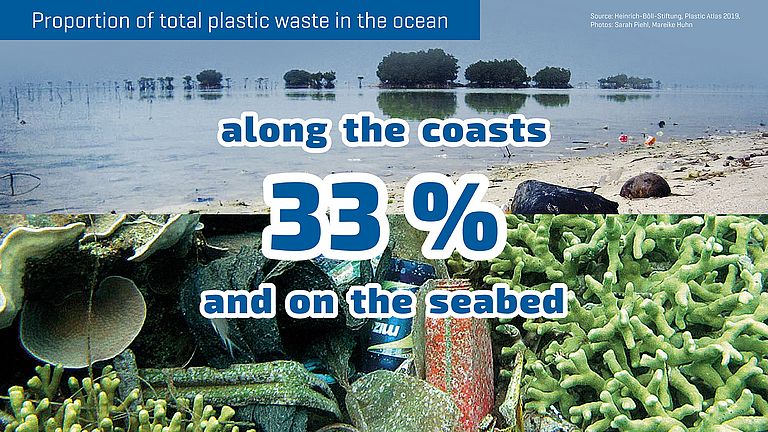
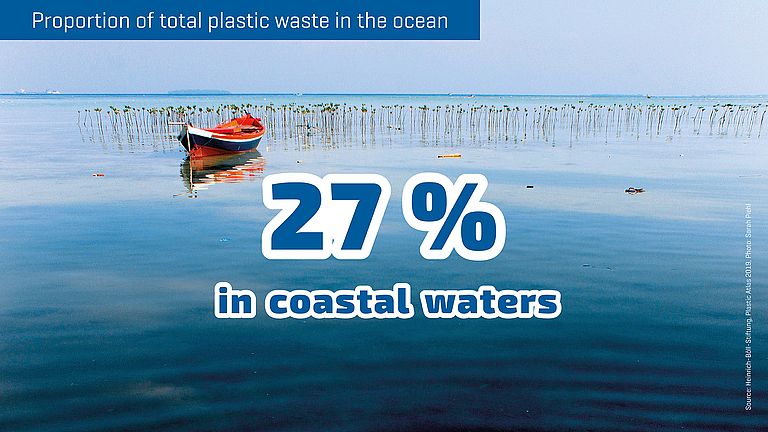
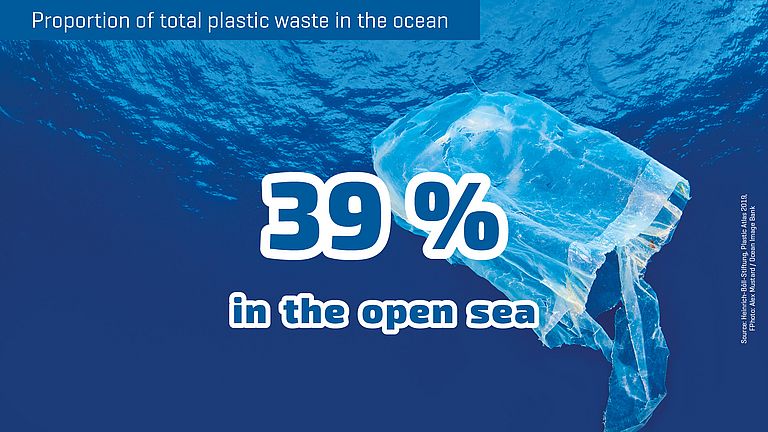
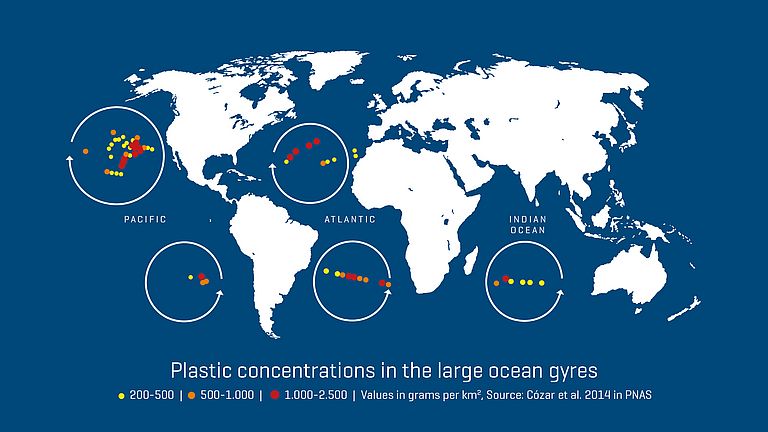
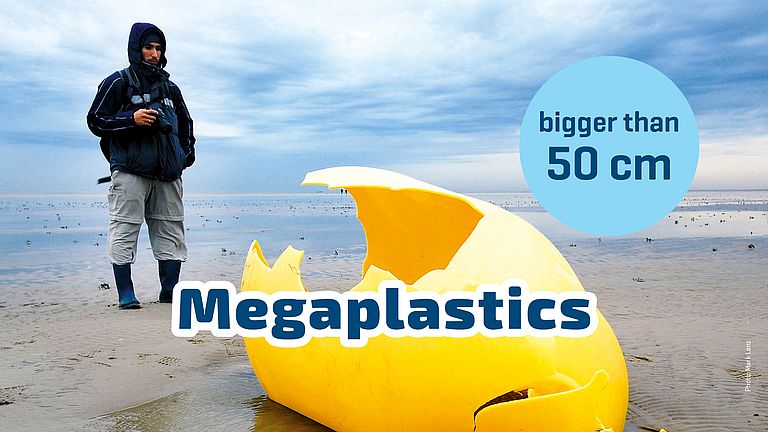
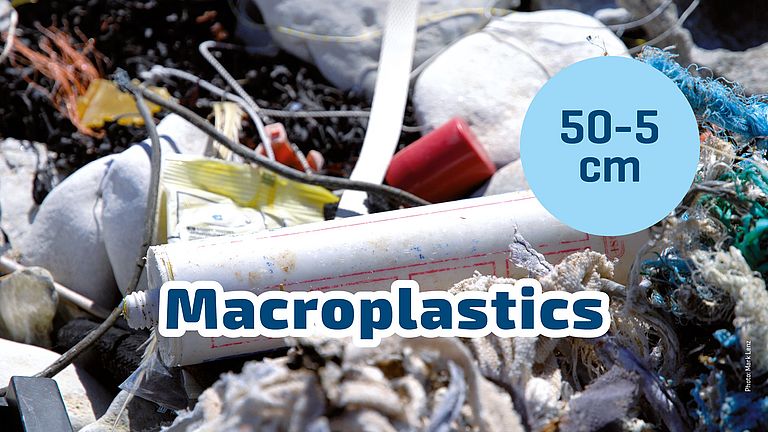
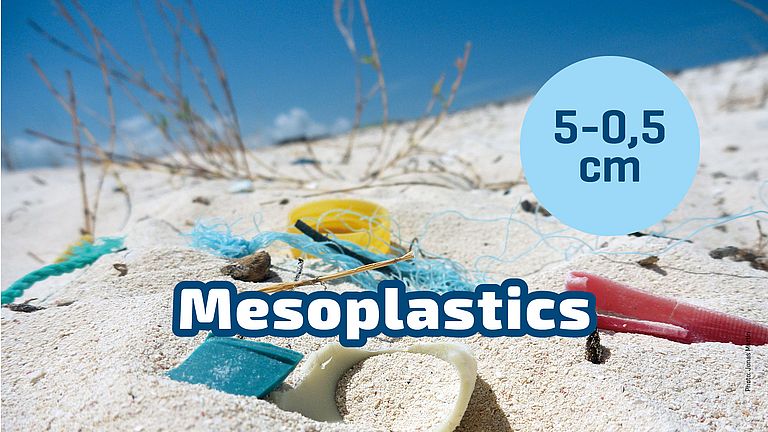
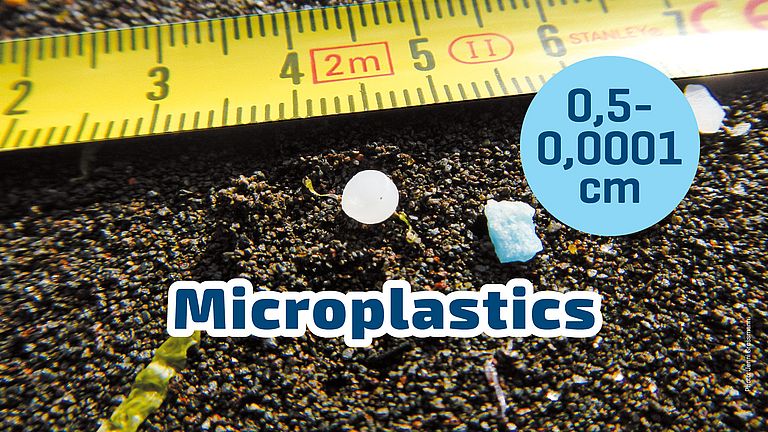
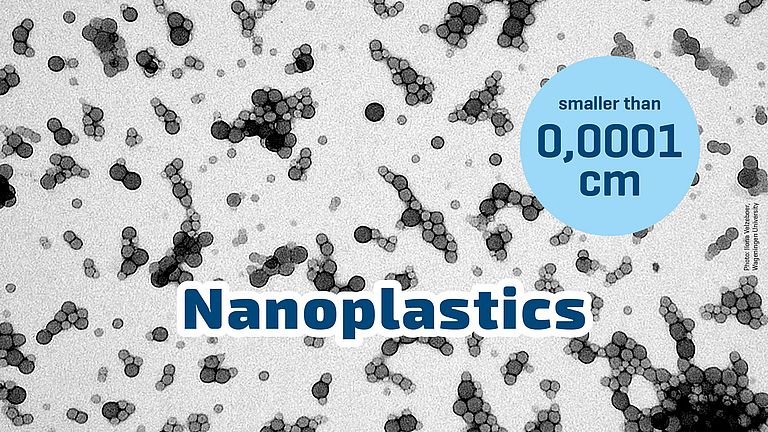
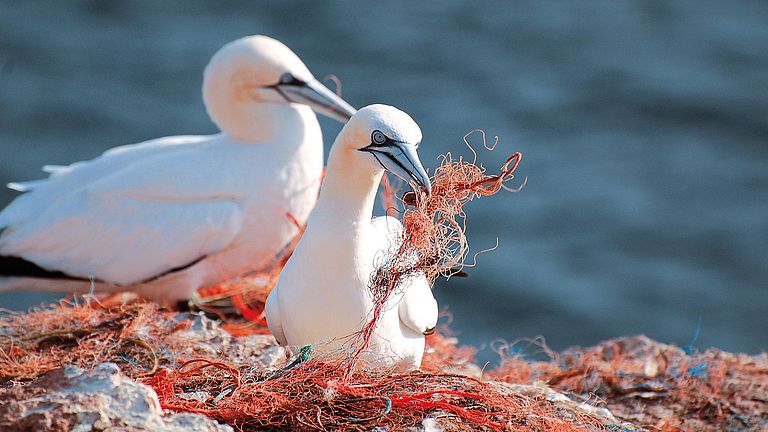
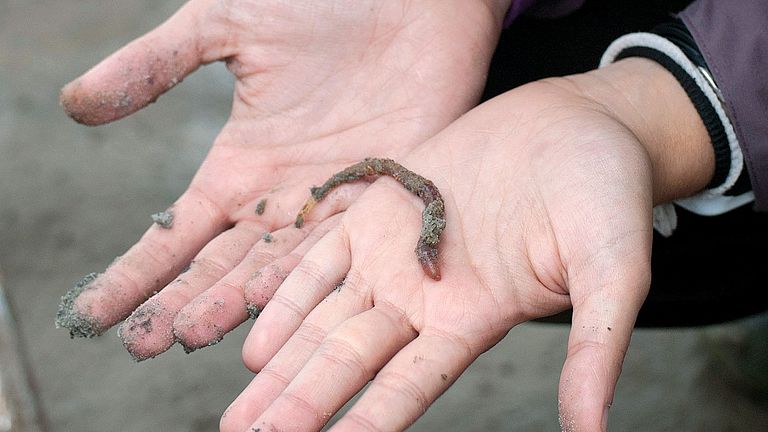
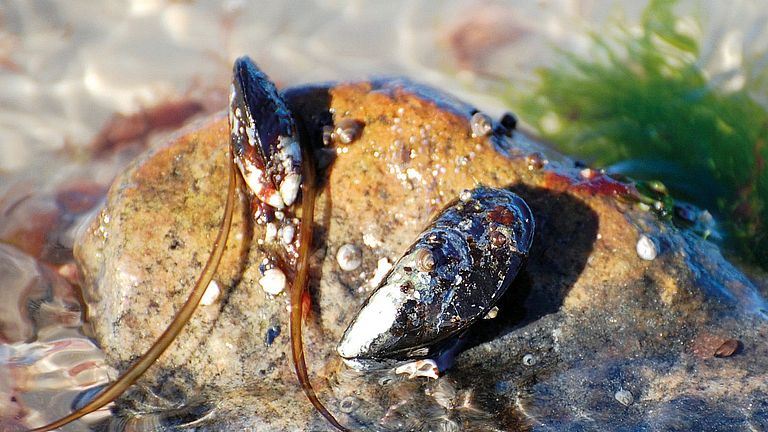

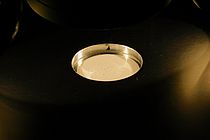
![[Translate to English:] Launching a sediment trap on a ship expedition](/fileadmin/_processed_/9/6/csm_20190827_POS536_MicroplasticSampling_TheaHamm_70075d30c8.jpg)
